
China’s ‘New Silk Road’ could open up “huge opportunities” for European fresh food exports, according to a new report from Rabobank.
“The Chinese consumer is increasingly looking for safer and higher-quality meat, dairy products and fruit & vegetables, and is aware of the good reputation of Europe’s food industry,” the report states.
Rabobank expects China’s appetite for fruit & veg, dairy and meat to grow by 17% over the next decade.
Demand for fruit & veg and beef is showing the strongest growth, though Rabobank predicts dairy will also be a big driver of demand.
Currently, trade of fresh food between Europe and China is limited by the length of sea freight journeys and the expense of air freight travel. But the Yu’Xin’Ou Railway, dubbed the ‘New Silk Road’, could offer the route to market European fresh food exporters need to tap into China’s opportunities.
Connecting Chongqing and Duisburg by rail, Yu’Xin’Ou is the land-based element of President Xi Jinping’s ‘One Belt, One Road’ strategy, which aims to improve Eurasian trade. It was originally established to deliver IT products from China to Europe, but authorities are conducting feasibility studies for establishing meat import-designated ports on the railway.
The entire trip takes just 13 days, about 30 to 40 days fewer than the ocean freight route. It is also considered a safer form of transport because it eliminates the “risk of pirates and typhoons”, Rabobank says.
Costs are much lower than air freight, but investment in infrastructure would be required to bring them down to levels competitive with sea freight.
The report also notes that about $85bn would be required in the next 10 years to bring China’s cold chain up to scratch and connect the New Silk Road with the Chinese consumer.




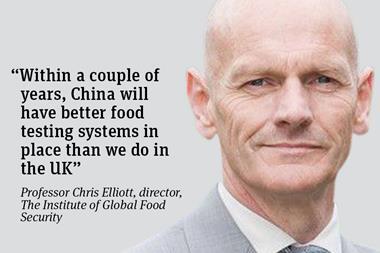
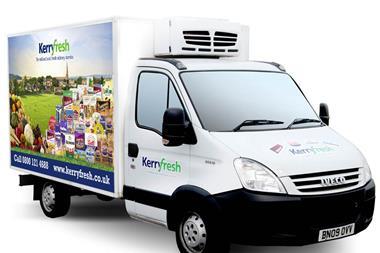


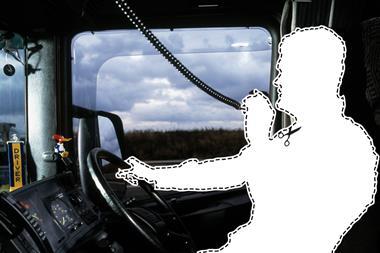


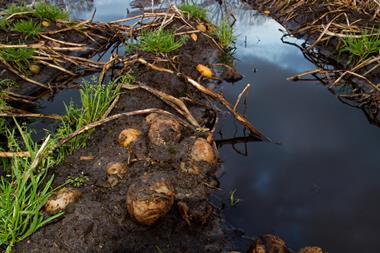


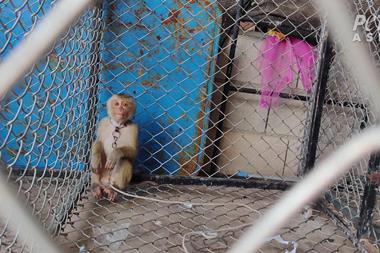
No comments yet